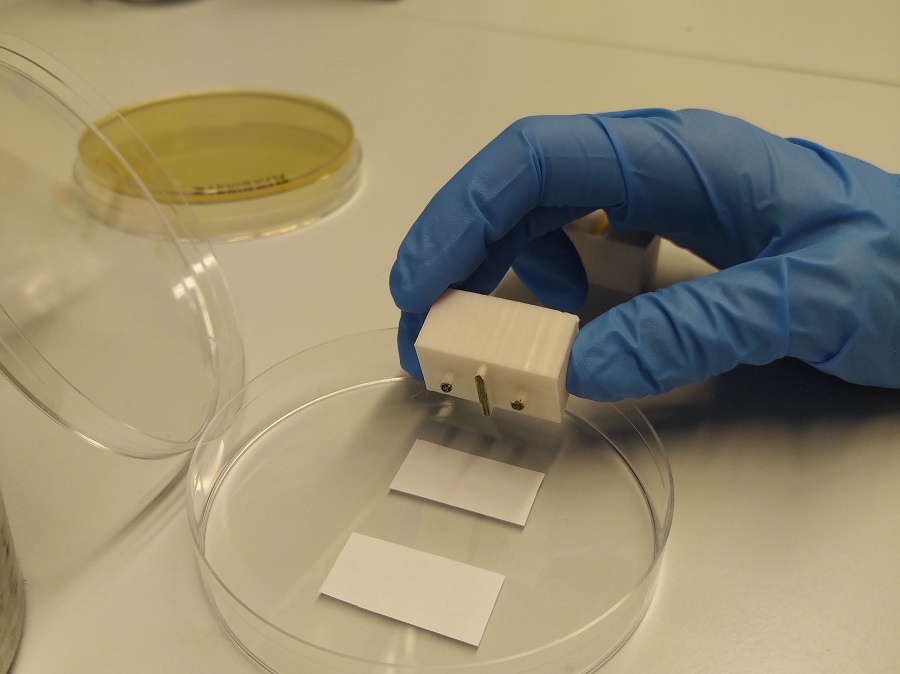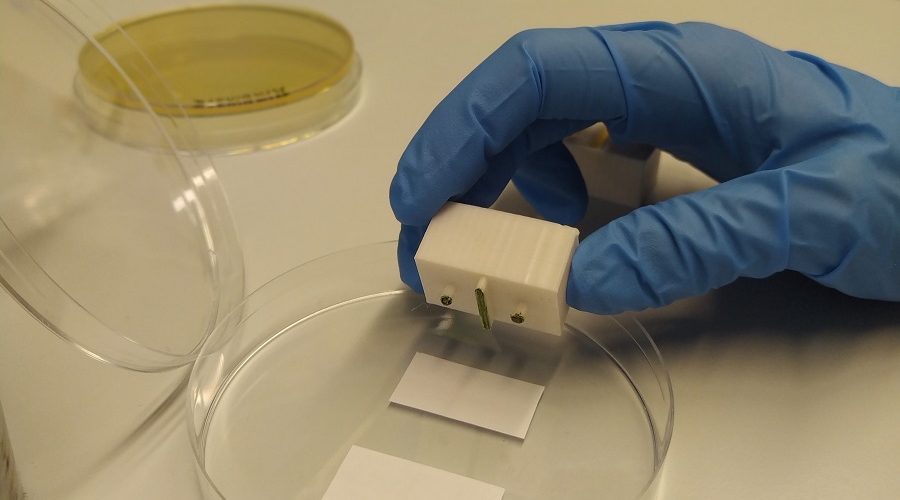
When it comes to biocomputers using living cells, many people think of delicate cells cultured in a tank installed in an experiment room or in a large-scale facility. The device that prints cells on paper, newly announced by the research team at the University of Pompeu Fabra in Barcelona, Spain, is an experiment manufactured by injecting live cells and nutrients into paper. Because it is low, it is expected that accurate disease diagnosis and environmental monitoring can be easily performed.
With the advancement of technology, advanced multifunctional devices such as smartphones and tablets are getting closer. However, it has not reached the dissemination of technology to test one’s own health without burden as a biomarker indicating disease symptoms. As a device for detecting biomarkers, biocomputers using living cells are being developed, but existing biocomputers have a problem that requires specific conditions and specialized knowledge in an indoor experiment.
The device the research team announced this time is a biocomputer that prints various kinds of living cells and nutrients on paper instead of ink. Cells enclosed in paper grow in the paper, form a kind of electronic circuit-like structure, detect biomarkers, and emit signals. In addition, since it is printed on paper, it is said that processing is easy and cost is kept low.
The research team wanted to design a scalable model of a biocomputer that could be printed on paper, so they tried to adopt a system that could be manufactured by printing pictures on T-shirts. The device developed by the research team deposited cells to create arbitrary shapes. In this way, unlike existing biocomputers, it can be stored in a general refrigerator or stored for a long time in a freezer, he explains.
The research team also revealed that living cells and paper supporting them are structured to arrange cells with hardware. The research team is already using this technology to develop a sensor that detects mercury, a harmful substance, and a biosensor that detects cholera bacteria contained in contaminated water. Water pollution caused by cholera bacteria is often a problem in developing countries where there are few research facilities and experts, so it is said that a biocomputer can be produced inexpensively and handled in a simple manner.
In addition, it is possible to measure the risk of pregnancy complications such as preeclampsia by using a biocomputer developed by the research team. Preeclampsia specificity requires a complex test for a variety of biomarkers, but if a biocomputer with appropriate cells is placed, a complex test is required. There are still many problems, but as a result of the initial research, there is a prospect that biological devices can be generally sold and used, showing expectations for practical use. Related information can be found here.


















Add comment